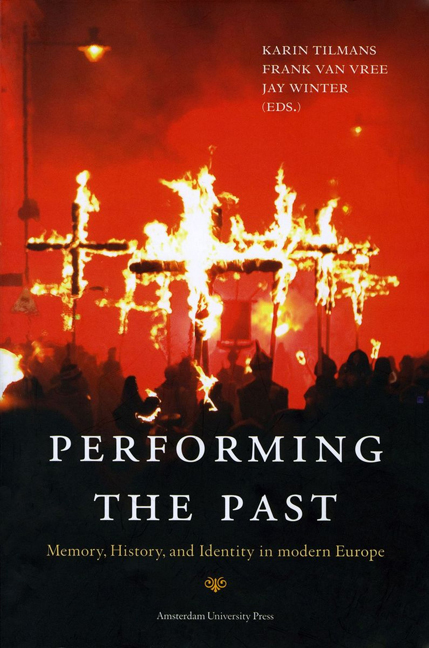Chapter 6 - ‘Indelible Memories’. The Tattooed Body as Theatre of Memory
Published online by Cambridge University Press: 15 January 2021
Summary
In 2003 the Staten Island Historical Society (SIHS) in New York mounted a photographic exhibition, ‘Indelible Memories: September 11 Memorial Tattoos’, commemorating the 9/11 attack on the World Trade Center. The tattoos on display had for the most part been acquired by firefighters and police officers who had been involved in the rescue effort, or by family members of those who had perished when the towers collapsed. The fact that this exhibition took place on Staten Island was not coincidental. The Island, one of the five boroughs of New York City, is home to a largely white working-class, Catholic population that is heavily over-represented in the New York City police and fire departments (NYPD and FDNY), and hence also among the 343 firefighters who died as a result of the towers’ collapse. The Island numbers about five per cent of New York City's total population of eight million, but accounted for more than twenty per cent of the firefighters who perished in the disaster. As well as these seventy-eight FDNY deaths, almost two hundred of the other victims were residents or recent residents of the Island – about ten per cent of the total killed. One parish alone, St Clare’s, lost eleven firefighters and nineteen other parishioners. ‘Staten Island’, wrote one commentator, ‘was at the epicenter of the quake.’
The photographs on display at the SIHS were the work of a professional photographer, Vinnie Amessé, whose studio is located in the same Staten Island building as a FDNY counselling centre that was set up immediately after the disaster to support surviving firefighters and their family members. From conversations with the centre's clinical supervisor, Mary A. Cole, Amessé learned that many of those using the centre bore commemorative tattoos. Intrigued and moved, and with Ms Cole's aid, he set about making a systematic photographic record of these images. Fifty-five of his photographs were then shown in the temporary exhibition in 2003, and they remain part of the permanent collection of the SIHS.
The Historical Society's mission is the preservation of documents and artefacts of Island history. Like their counterparts in the better-known New York Historical Society, the National Museum of American History (part of the Smithsonian Museum in Washington, D.C.) and the New York State Museum in Albany, the SIHS curators set about collecting numerous types of material evidence related to the Trade Center disaster almost as the events unfolded.
- Type
- Chapter
- Information
- Performing the PastMemory, History, and Identity in Modern Europe, pp. 119 - 146Publisher: Amsterdam University PressPrint publication year: 2012

